Seeing Suffrage with 2020 Vision
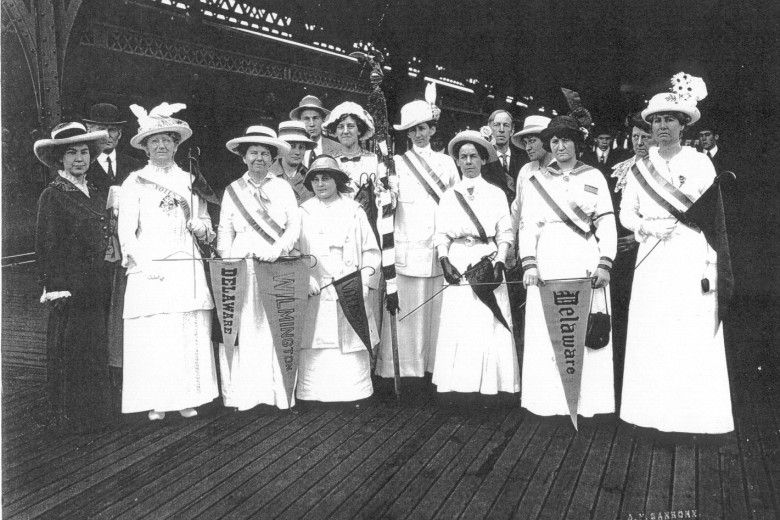
The year 2020 marks the centennial anniversary of the passage of the Nineteenth Amendment to the Constitution of the United States, granting women the right to vote—although many voting struggles persisted for minority groups. To celebrate this anniversary the Brandywine River Museum of Art will present the exhibition Votes for Women: A Visual History, opening in February 2020. In the following narrative, go behind-the-scenes with Brandywine curator Amanda C. Burdan, Ph.D., as she unpacks artifacts and delves into her vision, process and the making of this exciting exhibition-in-progress.
I began planning Votes for Women: A Visual History around illustrations and political cartoons on the theme of suffrage, but I soon realized that I just wasn’t “getting” the message from many of the pieces because I didn’t understand their context. Without a working knowledge of the visual cues and clues in the drawings, the point was often lost on me, and there was virtually no scholarship on this important aspect of the movement. To help exhibition visitors recognize not only the visual language of the suffragists, but the importance of visual messaging in this social justice movement, I decided to explore all related materials from flags and banners to fashion and film. Searching out the artifacts of the suffrage movement has led me to uncover a number of important collections—both public and private—where I can study the objects firsthand and spend time determining what each one means.
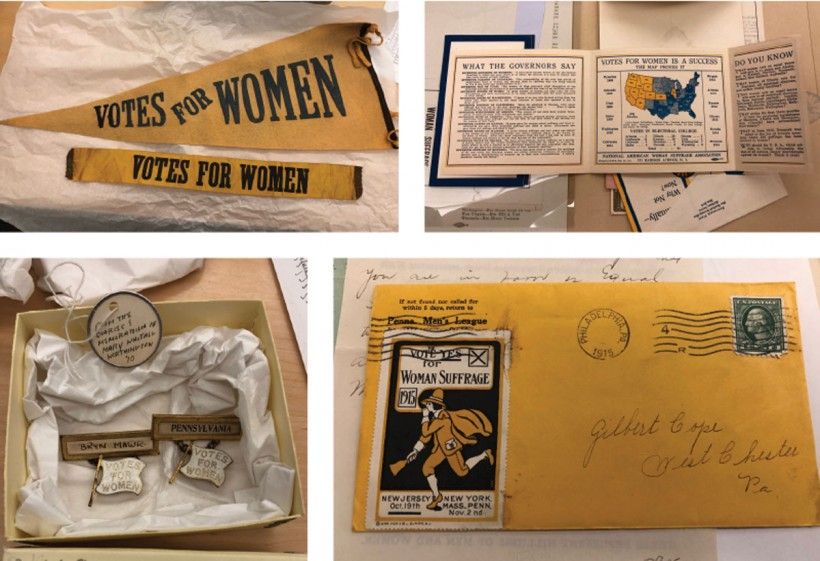
Perhaps the greatest holdings of the visual culture of the suffrage movement are to be found at the Belmont-Paul Women’s Equality National Monument in Washington, D.C., which houses the historic collections of the National Women’s Party. Chief among their treasures are approximately 150 drawings by Nina Allender, the in-house illustrator for The Suffragist—the National Women’s Party’s weekly newspaper that began in 1913. Studying Allender’s cartoons is a window into women’s political concerns of the period.
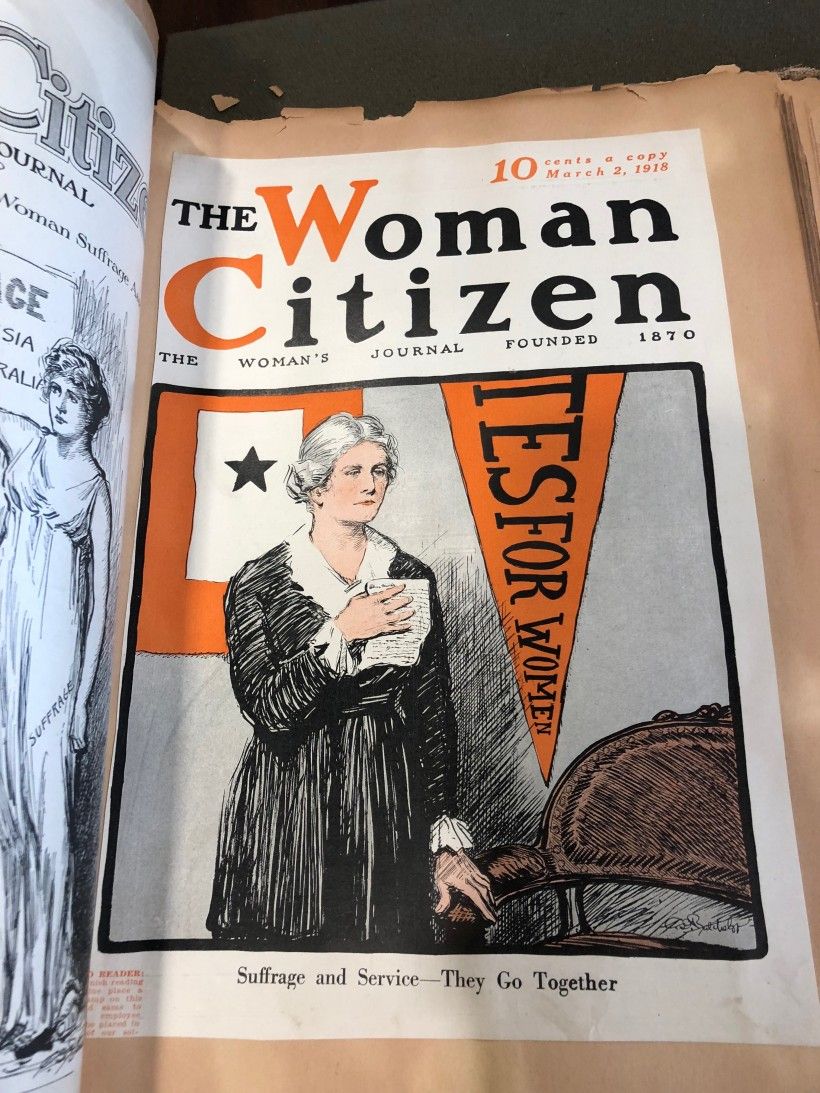
The National Women’s Party collection also encompasses some of the true relics of the suffrage movement in their textile department. Suffragists proudly wore their movement’s colors of purple and gold as sashes and capes, particularly during marches and demonstrations. Every garment in the collection was worn at one point by a woman on the front lines of the suffrage fight. As I continued to open boxes and search through storage, I found these objects were often not the pristine museum-quality specimen one might expect. They were wrinkled, stained, worn and faded—reminding me of the battles they have witnessed.
Rather than painting posters, suffragists sewed banners proclaiming their messages and marched them right in front of the White House to persuade President Woodrow Wilson to support the movement. Women who carried these banners were known as “Silent Sentinels,” there to convey a message—without speaking—through their physical presence and their banners alone. Some of the most iconic suffrage slogans audaciously questioned the executive office directly reading, “Mr. President what will you do for woman suffrage” and “Mr. President how long must women wait for liberty.” My favorite banner bears a simpler slogan, more of a warning than a demand: “The Young Are At The Gates.” Its golden field is severely faded, a testament to the hours it once spent standing silently in the sun.
In the seemingly endless closets of the Fashion Archives and Museum of Shippensburg University, I have discovered a rich resource of period costumes that reveal how suffragist hemlines rose (just above the ankle) and shirtwaists and walking suits emulated a masculine mode of dress. At Bryn Mawr College, I found that a generation of alumnae suffragists donated a wide array of materials. Their collection of pins and ribbons once proudly worn by suffragists, now tucked away in organized boxes, are some of the small, everyday symbols of the movement that survive today.
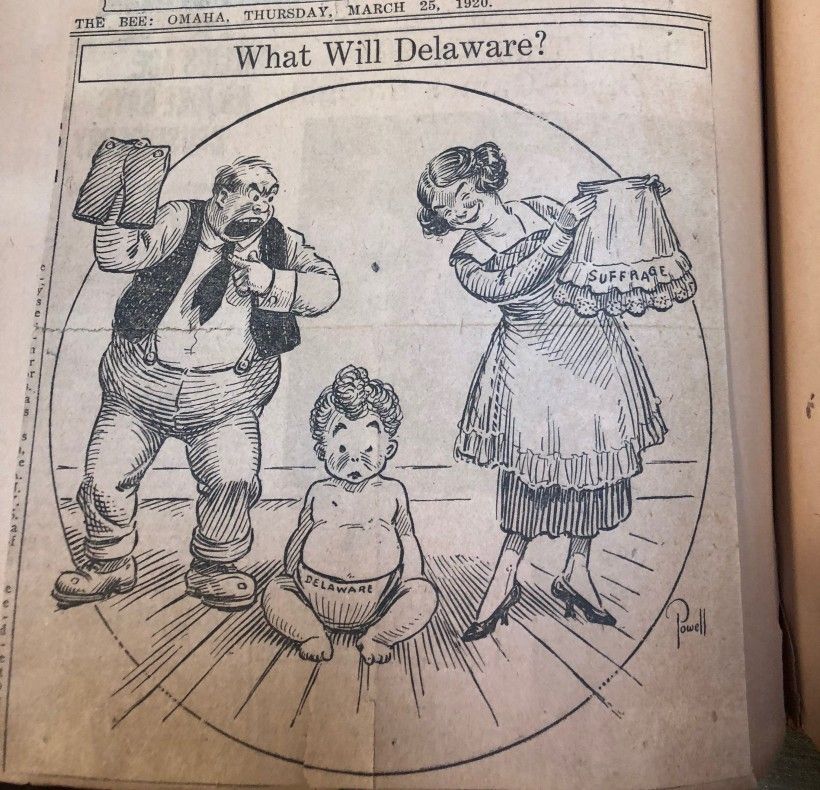
Suffrage is at once a national and a local story in towns across the country. I knew that our region was particularly active in the period, which drew me to the Chester County Historical Society to look for local evidence. There I found the photo album of county resident Katherine Wentworth Ruschenberger. When the Pennsylvania legislature issued a referendum on suffrage in 1915, Ruschenberger spearheaded her Justice Bell campaign. She commissioned the casting of a full-scale replica of the Liberty Bell, known as the Justice Bell, which traveled to every county in Pennsylvania in an effort to sway men’s votes. The Justice Bell’s clapper was chained until the passage of the Nineteenth Amendment when it was freed and rung in celebration on Independence Square in Philadelphia. The bell’s 5,000 mile journey is chronicled in the photographs in Ruschenberger’s album.
In order to prepare the exhibition and understand suffrage from all angles, I have been brainstorming with colleagues at meetings of the Women’s Vote Centennial Initiative (www.2020centennial.org) in Washington, D.C., sharing ideas with staff from the National Archives, the Library of Congress, the National Portrait Gallery and the National Museum of American History, as well as representatives from the National Women’s Party, the National Park Service and the Girl Scouts of the United States of America, among others. By the time the exhibition opens in 2020, the hundred-year-old visual history of the suffrage movement will be brought into sharp focus.
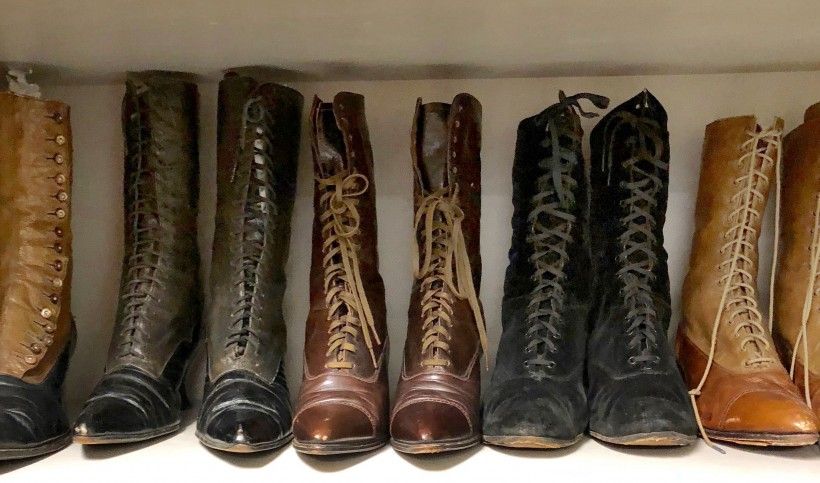
Captions
Header image:
Above: A group of women at the Wilmington train station departing for a suffrage demonstration in Washington, D.C., May 2, 1914. From the collection of Paul Preston Davis
Collage:
“Votes for Women” pennant and hatband. Women’s Suffrage Ephemera Collection. Special Collections Department, Bryn Mawr College Library
National American Woman Suffrage Association, 1916 Democratic National Convention trifold brochure “Coming Eventually, Why Not Now?” Women’s Suffrage Ephemera Collection. Special Collections Department, Bryn Mawr College Library
Suffrage pins of Mary Whitall Worthington, Bryn Mawr class of 1910. Women’s Suffrage Ephemera Collection. Special Collections Department, Bryn Mawr College Library
A plea for suffrage sent to West Chester resident Gilbert Cope by the Pennsylvania Men’s League for Woman Suffrage, 1915. Women’s Suffrage Collection, Chester County Historical Society Library, West Chester, PA
Scrapbook page images:
Page from Carrie Chapman Catt Scrapbook, 1910-1940, National Woman’s Party Scrapbook Collection
Shoe Image:
Early 20th century women’s boots in storage at Fashion Archives & Museum of Shippensburg University